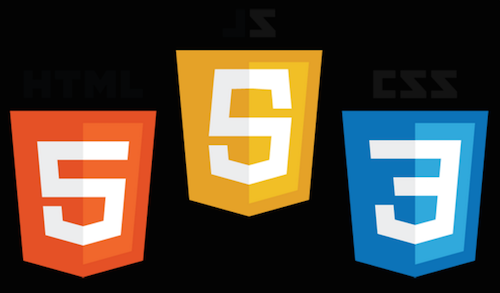Earlier this year, the IAB updated its guidelines to move away from Flash and make HTML5 the new standard in digital advertising. For years, the issues with Flash ads – lack of support on Apple mobile devices, security vulnerabilities, among others – have been widely publicized. However, this move by the IAB may officially sound the death knell for Flash.
With a shift this significant, there is bound to be some consternation, especially from developers who have spent years honing their Flash skills. However, the opportunities afforded to us with HTML5 makes this development one we’re quite excited about.
One of the largest strengths of HTML5 is its ability to run across iPhones and iPads. With more than 50 million of these devices sold just in the third quarter of 2015, the ability to show ads to iPhone and iPad users is a huge opportunity. Add to this the fact that HTML5 ads are responsive (meaning you only have to create one set of ads for desktop and mobile) and you have a winning combination.
Whether you’re a designer or developer, you need the right tools to create great ads. For us, Google Web Designer has been robust yet easy to use software with the added benefit of not requiring expertise in writing HTML or CSS to use. With this tool, HTML5 ads are now easier to create, letting companies that were previously limited to static jpgs or animated gifs engage customers with richer, more robust digital ads.
To begin with, Google Web Designer offers the ability to create rich, interactive ads much more efficiently. You can easily include animations, YouTube videos, iFrames, image galleries and more. Instead of spending hours creating it from scratch, they also offer a number of templates to use or build from. Add to that the ability to easily export to DoubleClick Studio or AdMob and you have a tool that’s a must for anyone running HTML5 ads.

